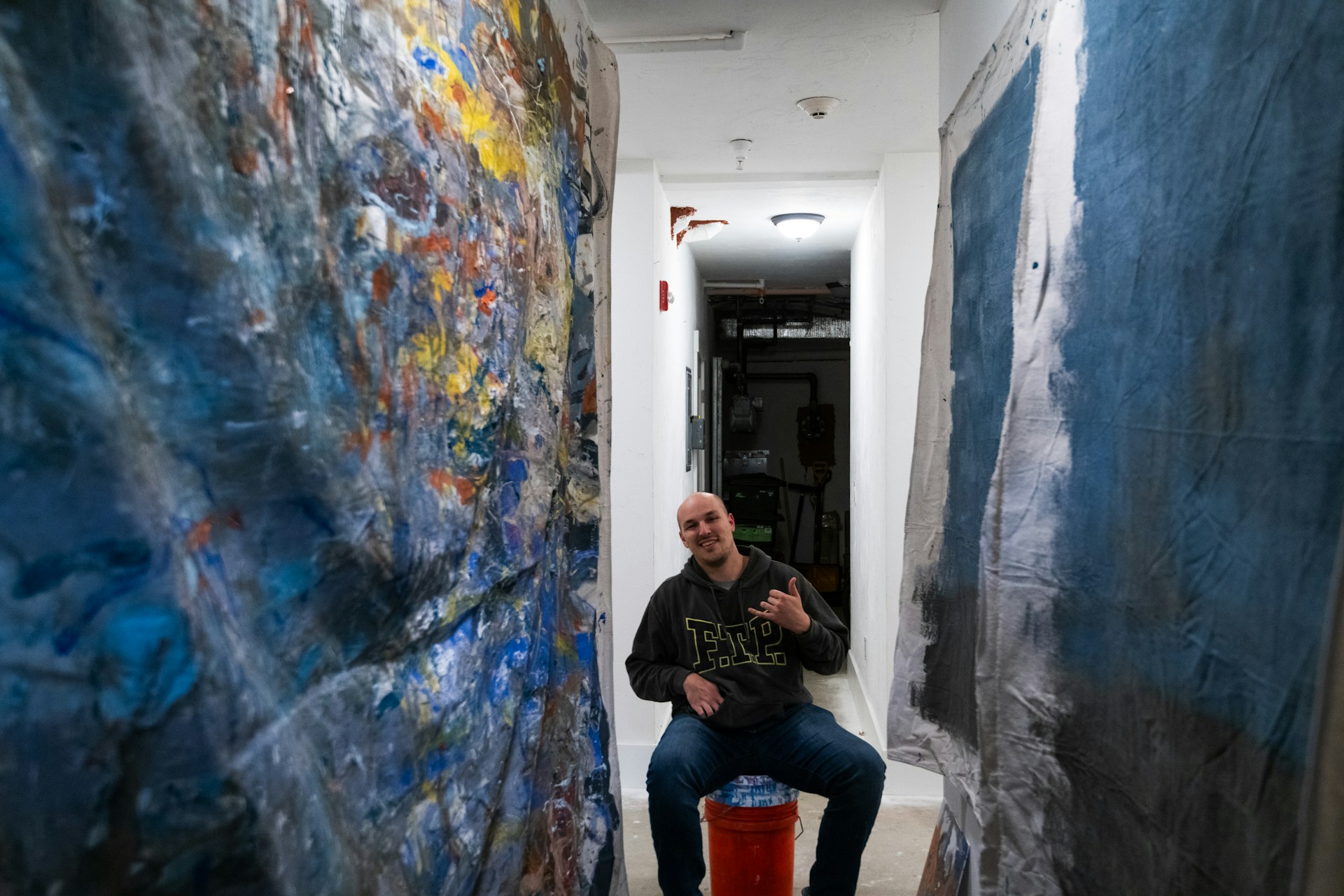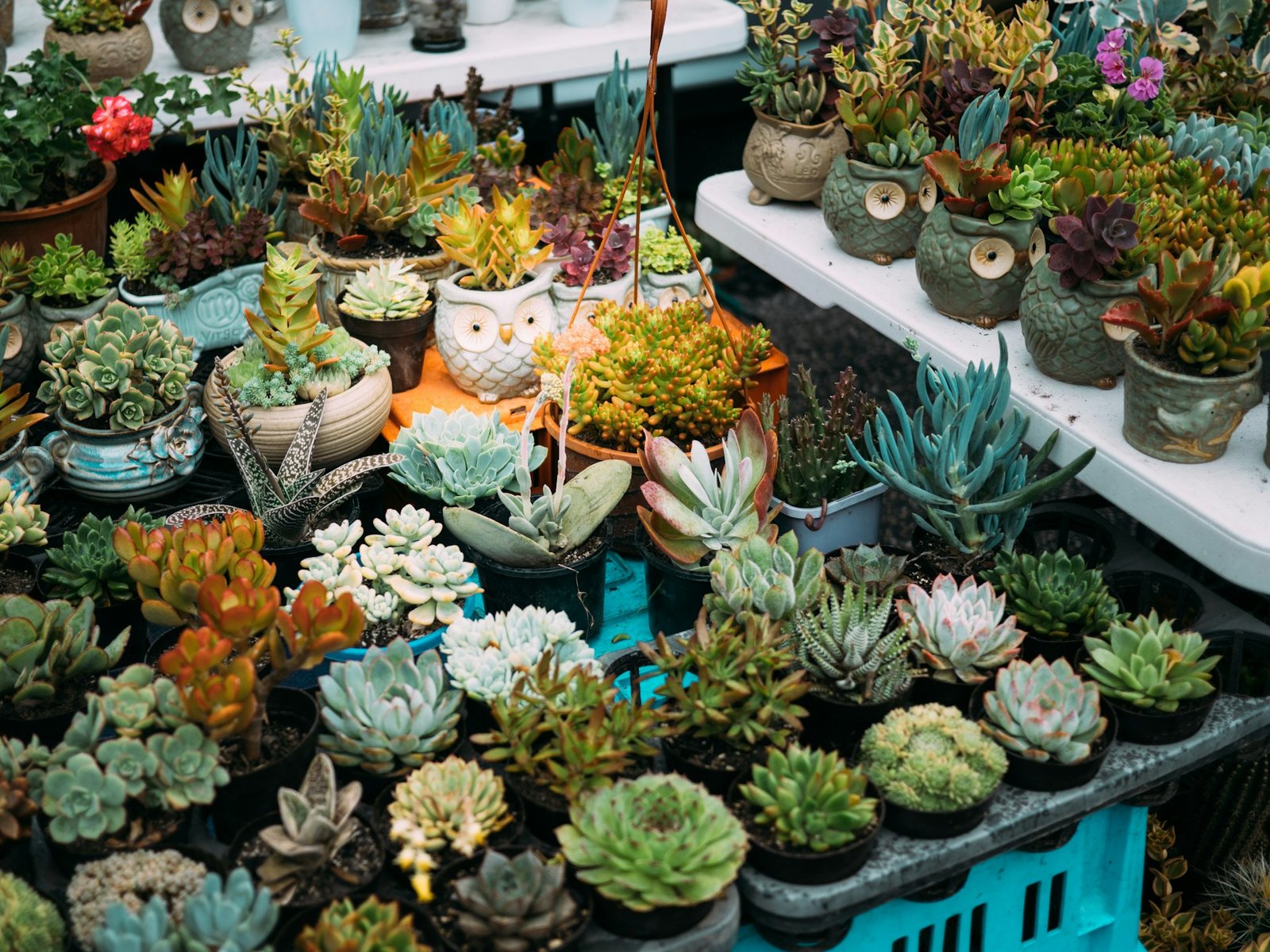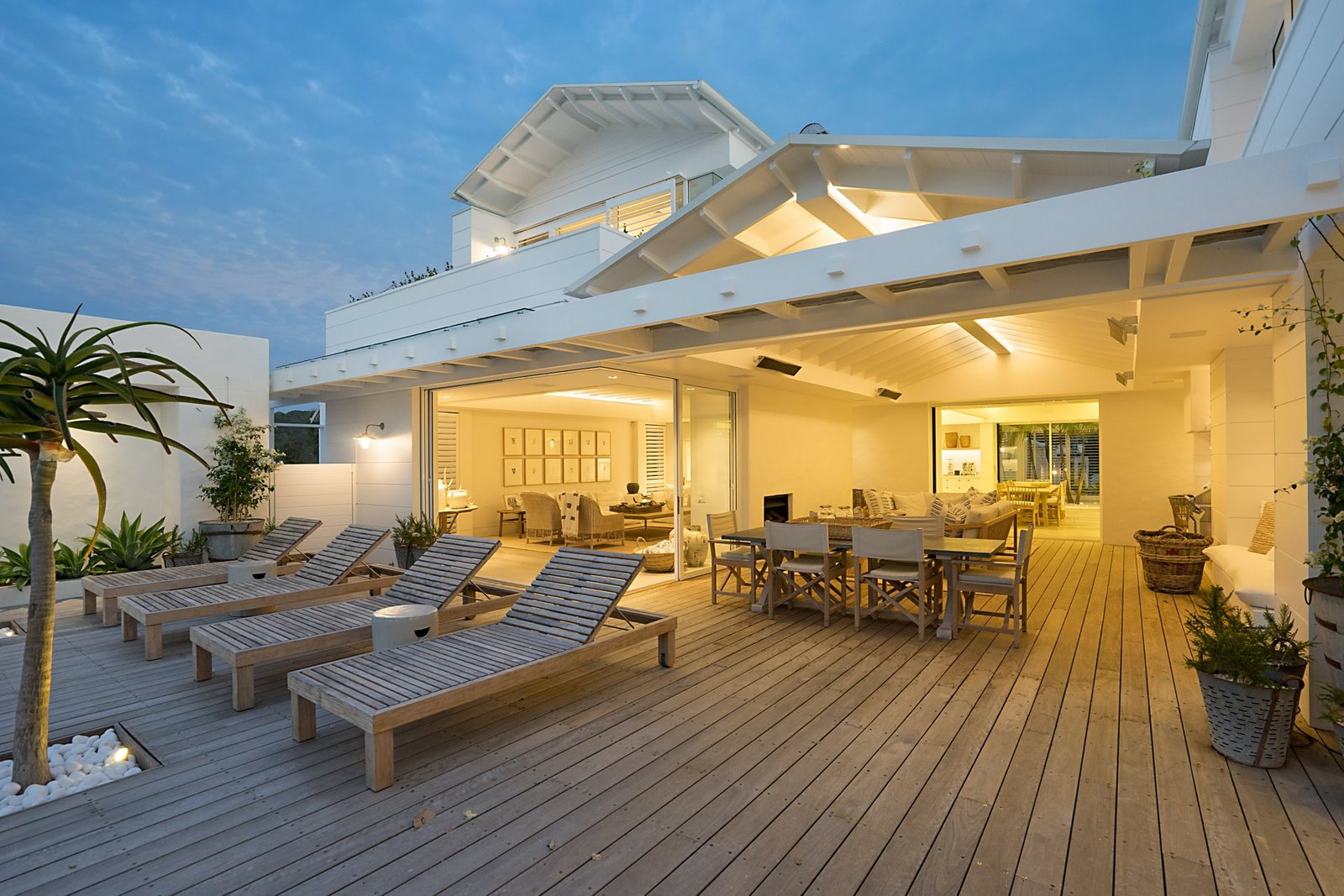Art and home design are inextricably linked to one another.
This dynamic duo is what turns living spaces into homes and creates unique settings that resonate with inhabitants on a deeper level. A house without any art is a place that lacks soul and character, whereas a house that integrates artworks within its confines exudes warmth, charm, and originality. Nowhere is this connection between art and home design more obvious than in an artist’s home.
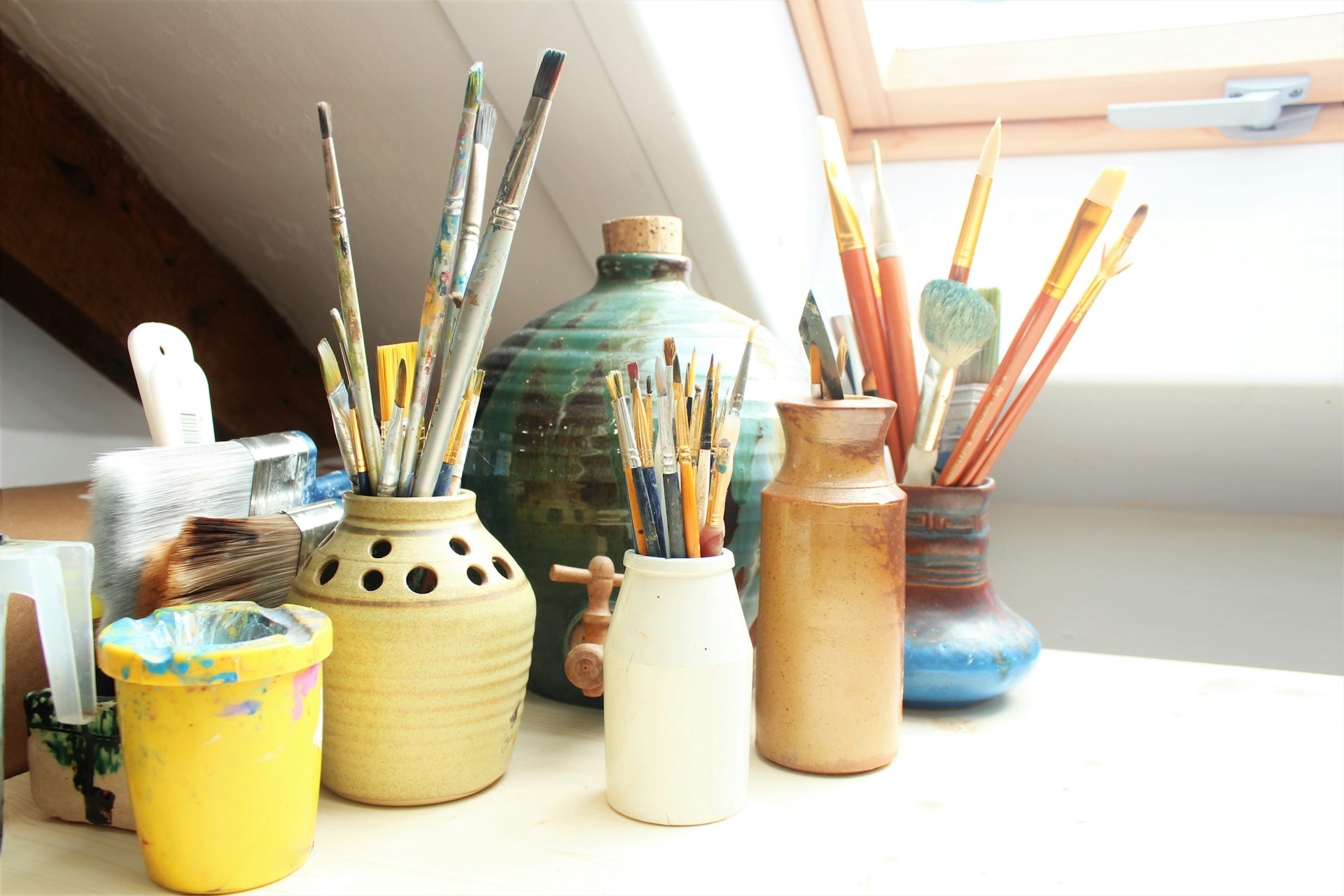
When one thinks of an artist’s residence, the mind instantly conjures images of rooms filled with all sorts of art supplies and paraphernalia, where every nook and cranny tells a story, like you’re flipping through the pages of a book. However, beyond this romanticized image of what an artist’s place looks like, there are also practical aspects that come into play because these dwellings don’t just magically materialize. Like all other homes, they require careful planning and preparation to ensure optimal results.
So, whether you’re a painter, a photographer, a musician, a writer, a sculptor, a graphic designer, or any other type of artist, here’s what you need to focus on if you’re looking to design a home that will make your life and your work easier and more pleasant.
Not your typical abode
For those who are actively engaged in artistic pursuits of any kind, a house is not just a house; it’s also an art studio, a place that inspires them and fuels their creativity, facilitating the complex process of creation and ensuring the art they produce is kept safe and in perfect condition. These are not concerns that the average homeowner deals with.
In these atypical spaces, art becomes the beating heart of the house, the very essence of the residence. At the same time, artists require a home that not only supports their artistic endeavors but also accommodates their everyday living needs. This means designing artists’ houses often takes a different route from the traditional process and might include steps and elements that don’t apply in other situations.
Separating work and home life
People often think that artists create as they breathe and don’t need special conditions to practice their craft, but that’s not exactly how things work in real life. When designing a home that doubles as a personal art studio or an exhibition space, you need to have a sense of separation between the area dedicated to art creation and the rest of the house so you can maintain a proper work-life balance.
To achieve this, you should start by selecting a part of the house, preferably a separate room or an annex if you have one, where you can set up an art studio that will allow you to work on your projects without being disturbed or interrupted.
As expected, there are a few criteria you need to take into account when setting up your workspace. First of all, the space you choose needs to benefit from ample natural light to reduce eye strain and improve focus and productivity, so big windows that let the sunlight in are a big plus.
The further you are from busy areas of your house, like the kitchen or the living room, the better – all the more so if you have guests coming over often. The last thing you want is to deal with constant noise and clamor while trying to focus on your art.
Good ventilation also matters, especially if you work with certain solvents and substances that are toxic, so you can maintain a healthy environment. Moreover, access to basic facilities is necessary to keep your materials and your studio in proper condition.
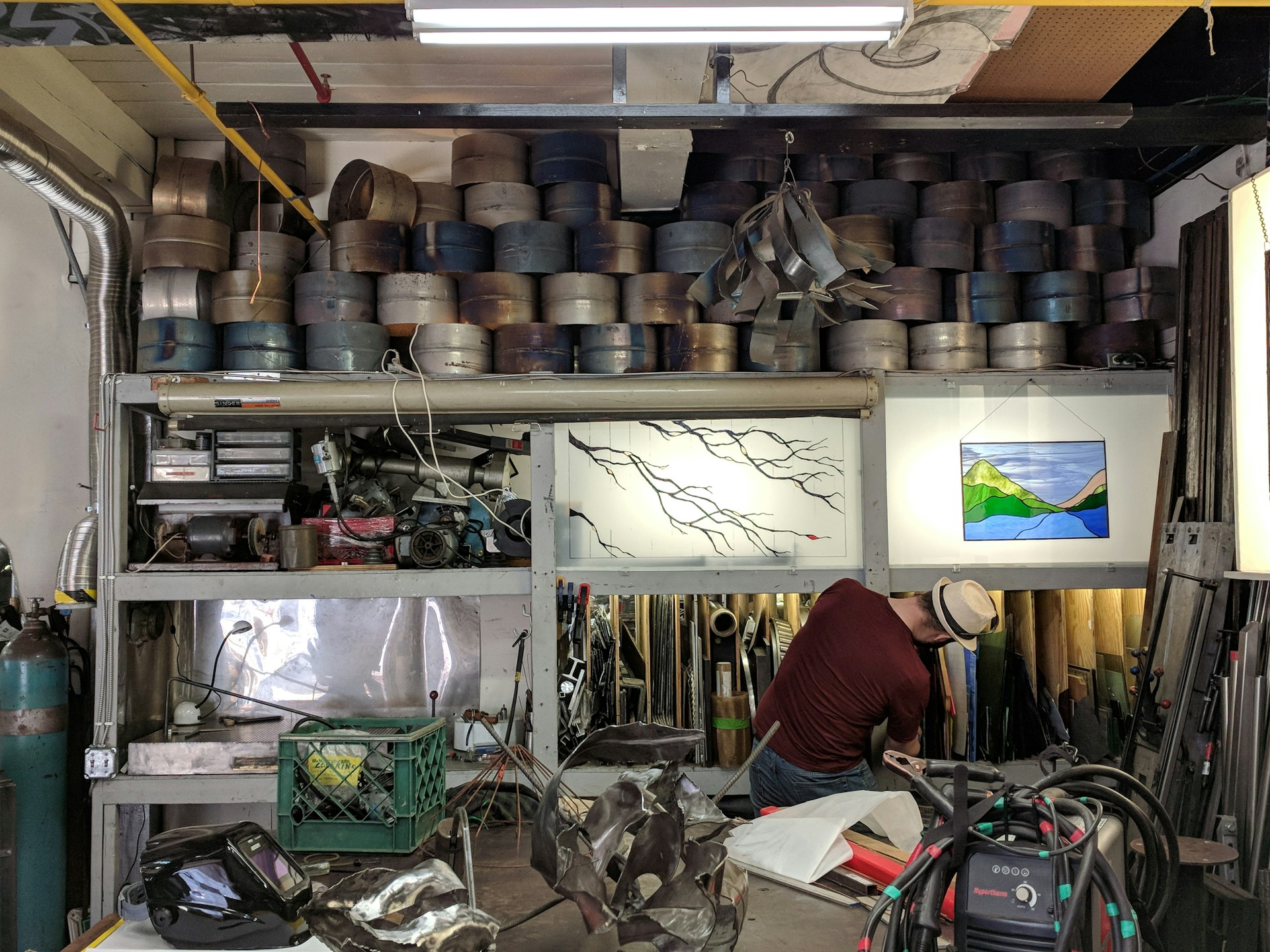
Surround yourself with art that inspires
Just because most of your work takes place in a dedicated space doesn’t mean the rest of your house doesn’t influence your creative process. It’s a well-known and documented fact that living environments have a direct impact on mood, emotions, energy, and productivity levels, so it’s quite important to ensure your entire house is conducive to creative thinking.
Unsurprisingly, the best way to do that is to fill your home with art, and not necessarily the type of art you create. For example, if you’re a photographer, it doesn’t mean you should only use photos as decorative elements. You can integrate all types of art pieces and spread them throughout your home to ensure aesthetic harmony and create a sanctuary of inspiration.
From art galleries that feature the works of contemporary artists to online platforms with vast collections of sculptures for sale or thrift shops providing a wide selection of antique decorative objects, you have plenty of venues to explore when searching for art for your home. Obviously, you should also feel free to display your own art as a way to express your individuality and style.
A place that exudes personality
Decorative elements aside, when considering the design of your home, you should also focus on materials, textures, and fixtures since these play a key role in the final result. Going with generic options might not be the best for a house that needs to be rooted in inventiveness and imagination.
That’s why you should look for unconventional solutions to conventional problems. Don’t hesitate to experiment with a diverse range of materials, mix and match finishes, fittings, and styles as you see fit, and push the boundaries of interior design. This will allow you to create a space that is uniquely yours and reflects your personality through every single design element.
Final thoughts
It’s difficult to pinpoint the exact factors that make a house suitable for imaginative souls since every artist has their own individual needs and preferences. That being said, you can use these general guidelines to get started and let your imagination take over when you feel ready. In the end, you should treat your house like you treat your artwork and use your creative genius to transform it into a masterpiece in its own right.

